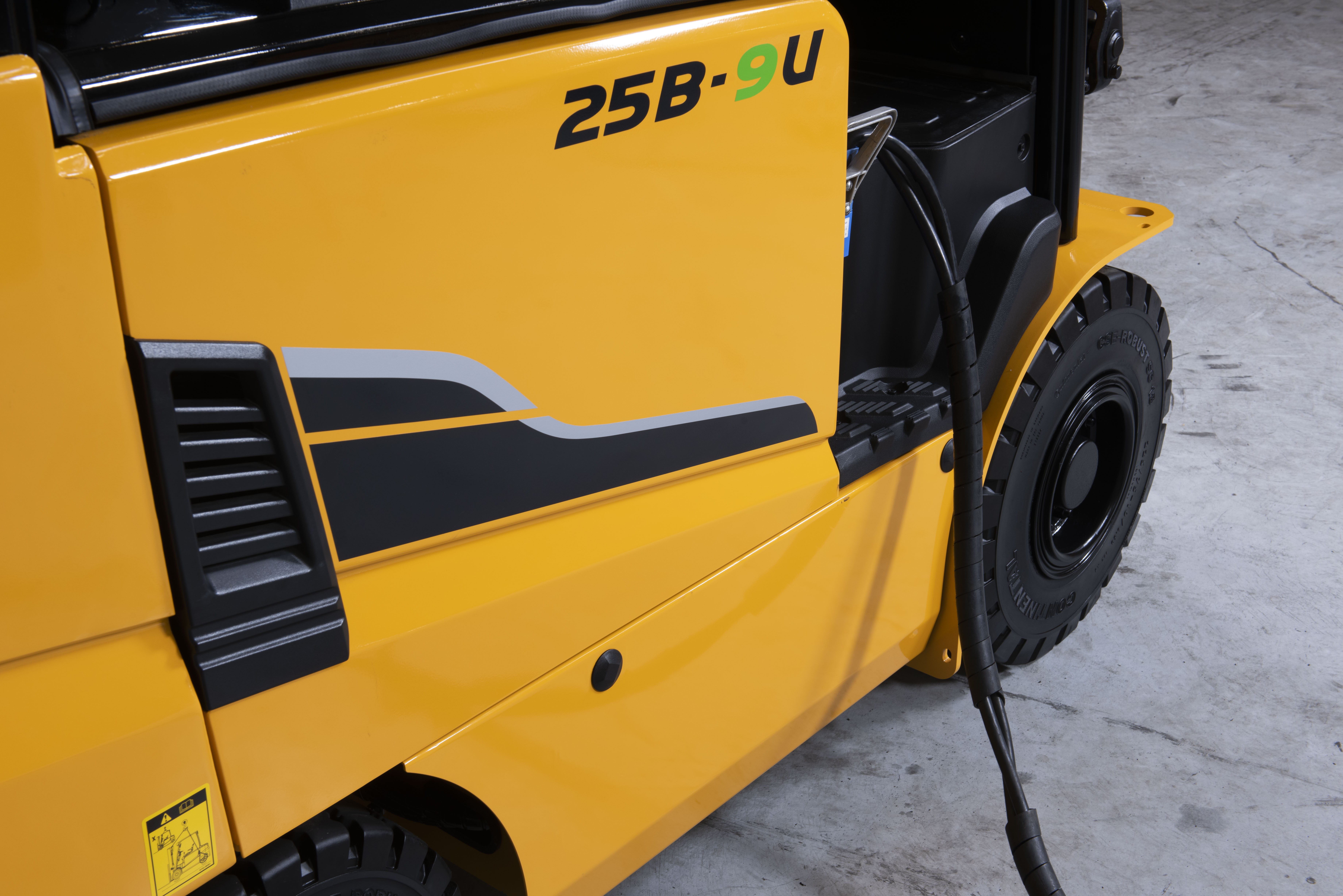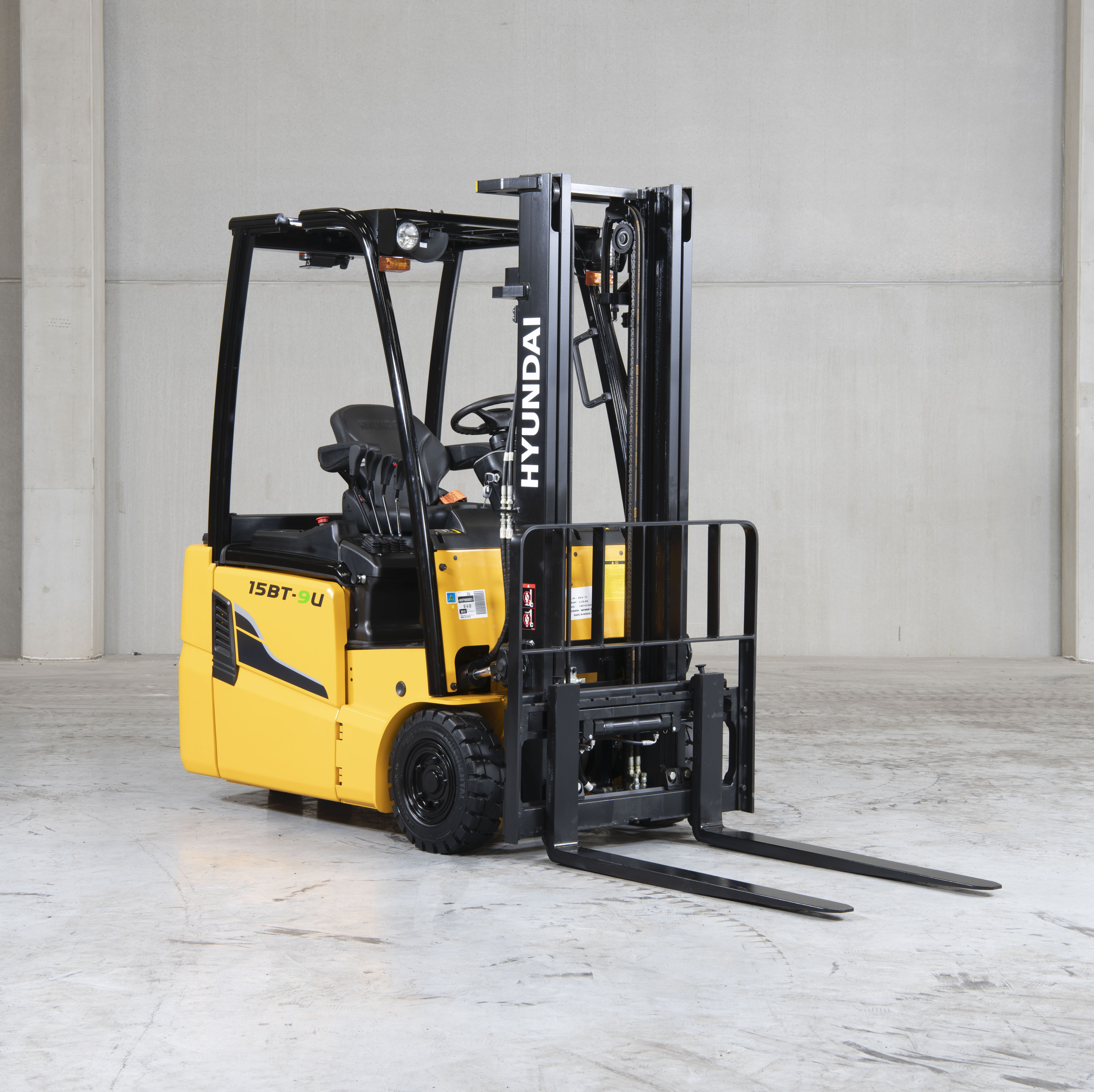What’s the economic lifespan of a forklift?
17 December 2019
Old forklifts tend to decrease in terms of efficiency and productivity, while maintenance costs increase. So what’s the right time to replace your old forklift with a brand new one? In this article we focus on the economic lifespan of a forklift.
Repair costs and decreasing productivity
In order to run smoothly, forklifts require regular maintenance and inspection. Generally speaking, the older a forklift becomes, the higher the repair costs. However, all too often companies make the mistake of utilising forklifts longer than they should. They fail to take into account the hidden cost of decreasing productivity levels and downtime. At some point the cost to maintain a forklift exceeds the cost to replace it.
The economic lifespan of a forklift
It’s hard to make general statements about the lifespan of a forklift. Some forklifts may remain effective for 10 years or more, while others are less durable. Rather than focusing on the lifespan, companies should take into account the economic life of a forklift.
Several factors contribute to the economic lifespan of a forklift.
- The type of forklift
- Application
- Operation time
- Periodic maintenance


Type of forklift
Generally speaking, electric forklifts have a longer lifespan than diesel or gas forklifts because electric vehicles have far less moving components.
Application
The type of work has a major influence on the economic life of your forklift. Forklifts which are exposed to extreme temperatures, brine or corrosives will have shorter lifespan. Forklifts that operate in clean warehouse with wide aisles would generally have a longer life span.
Operation time
Forklifts that run all day will last less long than vehicles that are used in shifts. The number of hours you operate a forklift each month determines how long it can operate economically.
Periodic maintenance
Regular inspection and maintenance is crucial for a long-lasting efficient forklift. It is important that the forklift operators or mechanics check the vital fluids at the start of each shift. This can assist in prolonging the economic life of the forklift by up to 2,000 hours.
Based on these factors, Hyundai has designed a chart to serve as a guideline to aid with the timely replacement of a forklift. The chart assumes that the forklift receives regular maintenance. The chart is designed as a guide only; actual economic life may vary.
| Truck Type | Application | Annual usage | Economic replacement time* |
| Electric | Light | Less Than 2000 Hours | 14,000 Hrs or 7 Years |
| Electric | Light | More Than 2000 Hours | 14,000 Hrs or 6 Years |
| Electric | Heavy | Less Than 2000 Hours | 12,000 Hrs or 6 Years |
| Electric | Heavy | More Than 2000 Hours | 12,000 Hrs or 5 Years |
| Internal Combustion | Light | Less Than 2000 Hours | 11,000 Hrs or 6 Years |
| Internal Combustion | Light | More Than 2000 Hours | 11,000 Hrs or 5 Years |
| Internal Combustion | Heavy | Less Than 2000 Hours | 10,000 Hrs or 5 Years |
| Internal Combustion | Heavy | More Than 2000 Hours | 10,000 Hrs or 4 Years |
* Guides indicates economic replacement time is the earlier of the stated hours or the number of years elapsed.
Replacement strategy for forklifts
Every operating and ownership situation and application is different. Therefore it is important that an experienced and knowledgeable fleet management professional evaluates all relevant costs and determines the optimal replacement point. Once a unit has reached its Optimum Economic Replacement Threshold, it should be replaced.
A proper replacement strategy avoids excessive maintenance costs as well as loss of profits due to downtime and delays. By replacing your forklifts at the optimal economic time, productivity and profits can increase within your business.